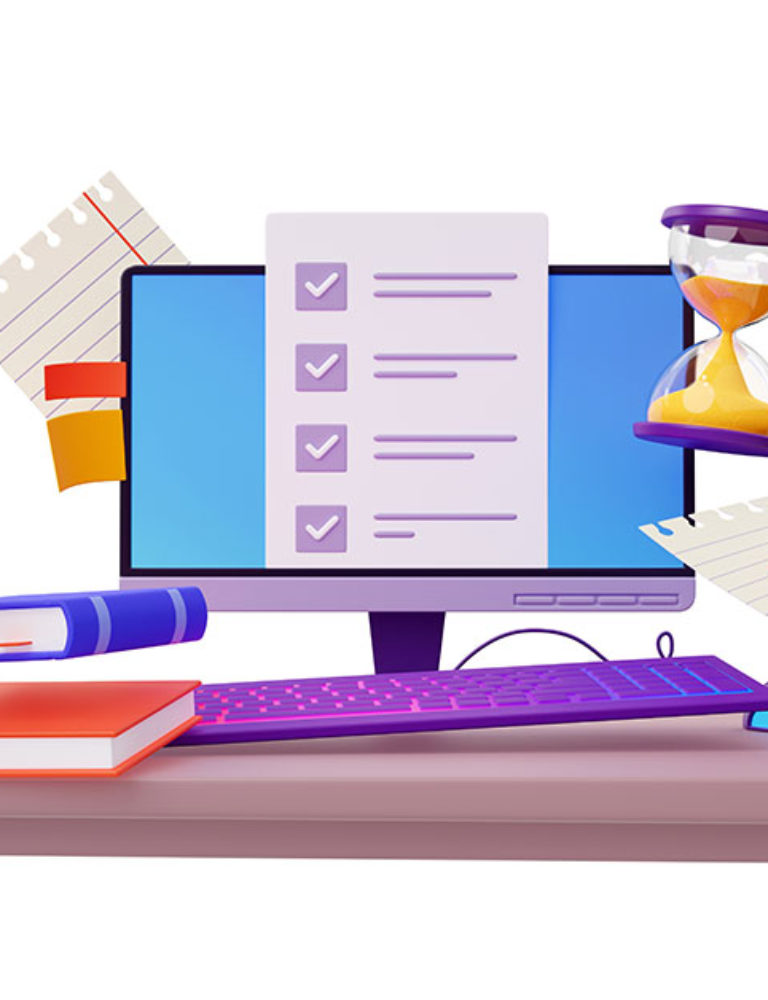Content creators and businesses need to have complete control over their intellectual property. Protecting your digital content helps you prevent piracy, combat unauthorized access to content, manage distribution rights, and securely share valuable content with users across the globe.
Deploying robust Digital Rights Management software preserves the value and integrity of your content, helps you monetize it lucratively, and ensures sustainable growth and innovation.
KITABOO, a leading digital textbook platform, excels at providing DRM software to authors, publishers, and content creators across diverse sectors to secure their investments and maintain a competitive edge over competitors. This ensures that your digital content remains protected and that you can maximize the returns on your creative and intellectual investments.
In this post, we will cover the significance of DRM protection, the different factors that affect how it works, its benefits, and more.
Read on!
Table of Contents:
I. Significance of Deploying Diligent Digital Rights Management Software
- Protection of Intellectual Property
- Revenue Generation
- Compliance with Regulations
- Support for Diverse Business Models
- Enhanced User Experience
II. Factors to Consider When Selecting Digital Rights Management Software in 2024
- Compatibility
- Security Features
- Flexibility and Customization
- User Experience
- Compliance and Legal Considerations
- Cost and Pricing Model
- Support and Maintenance
- Customer Reviews
III. Conclusion
Significance of Deploying Diligent Digital Rights Management Software
In today’s world, whether you’re creating content for education, entertainment, or businesses, Digital Rights Management (DRM) is the key to monetizing and protecting your digital work. It’s a powerful tool for authors, publishers, and content creators across different industries, ensuring your investments are secure in 2024.
Here are some key factors that mark the significance of Digital Rights Management Software:
Protection of Intellectual Property
Using productive Digital Rights Management software can help you save your intellectual property and use technologically advanced mechanisms to control access, usage, and distribution of digital content. DRM systems employ encryption, authentication, and access control measures that prevent unauthorized sharing of digital content.
Content writers can use digital watermarks and data analytics to track infringement and also take legal action against violators. Furthermore, you can make full use of flexible licensing models, which will help monetize your content online and maintain control over it.
Revenue Generation
For many, one of the objectives of posting online content is to generate revenue and distribute it globally. DRM systems help you implement various monetization models, such as pay-per-view, subscription-based services, or digital purchases.
You can protect yourself against revenue loss by avoiding piracy or unauthorized usage. Additionally, analytics and reporting tools help you gain insights into user behavior, consumption patterns, and revenue performance so that you can further optimize monetization strategies.
Compliance with Regulations
Digital Rights Management software helps content creators and distributors adhere to legal requirements and industry standards for copyright protection, data privacy, and content distribution.
With DRM, you can enforce usage policies through relevant regulations, include features for audit trails, reporting, and compliance monitoring, and mitigate the risk of legal liabilities.
Support for Diverse Business Models
One of the key features of Digital Rights Management software is that you can implement it for a wide range of business models and tailor your content to different market segments, customer preferences, and revenue goals. You can integrate the software with billing systems, analytics platforms, and CRM tools so that you are in sync with user behavior and consumption patterns.
Enhanced User Experience
DRM helps users gain secure and seamless access to digital content without concerns about piracy or unauthorized distribution. You can deliver personalized recommendations and curated content that eventually enriches the overall user experience.
Factors to Consider When Selecting Digital Rights Management Software in 2024
Businesses should consider several factors to ensure that they select the most suitable solution for their needs.
Some key factors to consider include the following:
Compatibility
Before selecting the best Digital Rights Management software for eBooks, it’s crucial to check compatibility with your existing distribution platforms and the file formats you intend to support.
Security Features
Always check the software’s robust protection against piracy, unauthorized access, and content manipulation.
Look for DRM software that provides strong encryption algorithms, dynamic watermarking, access controls, and comprehensive license management capabilities. These features should empower you to verify the identity of authorized users and devices, preventing unauthorized access to protected content.
Guide:
How to Build an eBook Store
Flexibility and Customization
Look for DRM software that provides flexible licensing models, allowing you to customize access permissions, pricing structures, and distribution channels according to audience requirements. You should be able to limit the number of device activations, set usage timeframes, and implement geographical restrictions.
User Experience
Choose the best Digital Rights Management software that ensures a seamless and intuitive reading experience for eBook users.
Also, make sure you look for transparent and non-intrusive options that offer user-friendly authentication mechanisms and come with responsive customer support and clear documentation to assist users with any questions or issues they may encounter.
Compliance and Legal Considerations
It’s crucial to thoroughly evaluate compliance and legal considerations with international copyright laws and intellectual property rights regulations. Always consider privacy regulations and ensure that the DRM software complies with data protection requirements when collecting and processing user data.
Cost and Pricing Model
Investing in a DRM solution that suits your budget is the best alternative. Evaluate the cost and pricing model that helps you meet your business objectives and suits your needs.
You can opt for software that comes with a one-time licensing fee, subscription-based pricing, or a pay-per-use model. Consider the scalability of pricing plans, additional fees, setup or integration costs, and finally, the value proposition offered by the DRM software.
Support and Maintenance
It is critical to check the availability and responsiveness of customer support channels, response times, and resolution of support tickets to ensure timely assistance in cases of emergencies or critical issues. There should be ample FAQs, chatbots, knowledge base articles, and user forums for self-service troubleshooting and user assistance.
Customer Reviews
It’s imperative to thoroughly review customer feedback and testimonials to gauge the satisfaction and performance of the Digital Rights Management software.
Start by researching independent review platforms, forums, and social media channels, and pay attention to both positive and negative reviews.
Consider factors such as ease of use, effectiveness of content protection, cost of the product, reliability of support, and overall satisfaction with the product. Additionally, reach out to colleagues or industry peers who have experience with the DRM software for their individual opinions and recommendations.
Considering customer reviews and testimonials can help you gain valuable insights into the strengths and weaknesses of the selected DRM software.
Conclusion
Digital Rights Management software has emerged as an indispensable asset that helps you protect intellectual property rights and secure digital assets. It is a vital solution that empowers content creators and becomes a catalyst for growth and sustainability.
Not only does it give you the confidence of having well-managed content, but it also encourages creativity, a productive return on investment, and progress across various industries.
KITABOO, a leading digital textbook platform, helps you deal with challenges related to piracy, unauthorized access, and potential risks related to your digital content. Its DRM software has become a strategic imperative for various businesses, educational organizations, and industries to thrive in the digital content environment.
Connect with us to learn more!
Related Reads:
Discover How An Ebook Conversion, Publishing & Distribution Platform Can Help You
Kitaboo is a cloud-based content platform to create-publish & securely distribute interactive mobile-ready ebooks.
You May Also Like
-
Discover the Latest Digital eBook Creator Tools for 2024
Blog,Digital Publishing,eBook solution / February 21, 2024
-
Launching Your eBook Store in 2024: A Step-by-Step Guide
Blog,Digital Publishing,eBook solution / February 26, 2024









